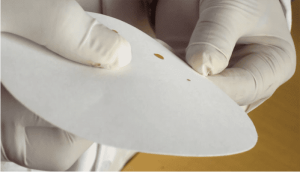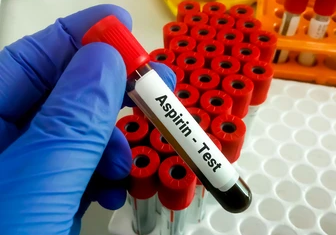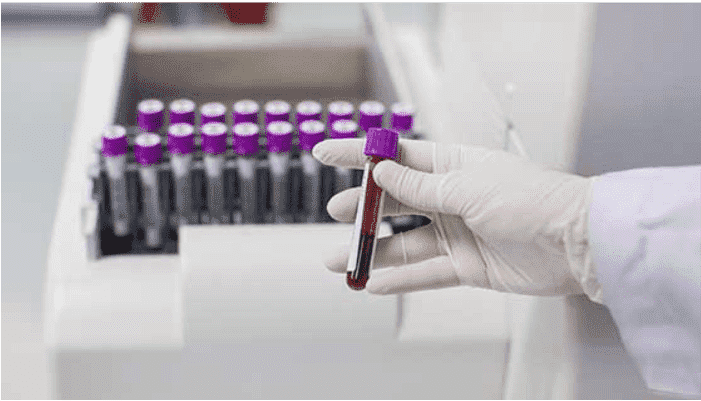Duke Bleeding Time Test

Synonyms:
Bleeding Time
Overview
The Duke Bleeding Time Test is an in vivo method for assessing platelet and capillary function. Although mostly historical today, it played a critical role in the early evaluation of primary hemostasis. Blood is the sample used, and the procedure is performed on live patients.
🧪Specimen Details
- Sample: Blood
- Container: Filter paper
- Reason to Reject: Low platelet count
- Turnaround Time: Same day (minutes to hours)
📊Reference Range
Bleeding time: 5 minutes
🧬Test Use
This test helps evaluate platelet function. It was widely used for diagnosing bleeding disorders before more modern methods became available.
🧯Limitations
The Duke method is more sensitive than the Ivy template. However, it is not as consistent, and its use today is rare except in exceptional situations.
⚙️Methodology
- Clean the ear lobe with 70% alcohol and let it dry.
- Pierce with a sterile lancet.
- Start timing from the puncture moment until bleeding stops.
- Blot blood drops every 15–30 seconds using filter paper without touching the wound.
ℹ️Additional Information
Modern laboratories generally do not use the Duke method. Instead, the Ivy template method is preferred for its reproducibility. The test should not be conducted within one week of aspirin intake.
- malformations
📚 References
- Duke WW, JAMA, 1910; 55:1185–92.
- Machin SJ, Preston E, J Clin Pathol, 1988; 41:1322–30.
- Jacobs et al., Laboratory Test Handbook, Lexi-Comp Inc, 1994.


